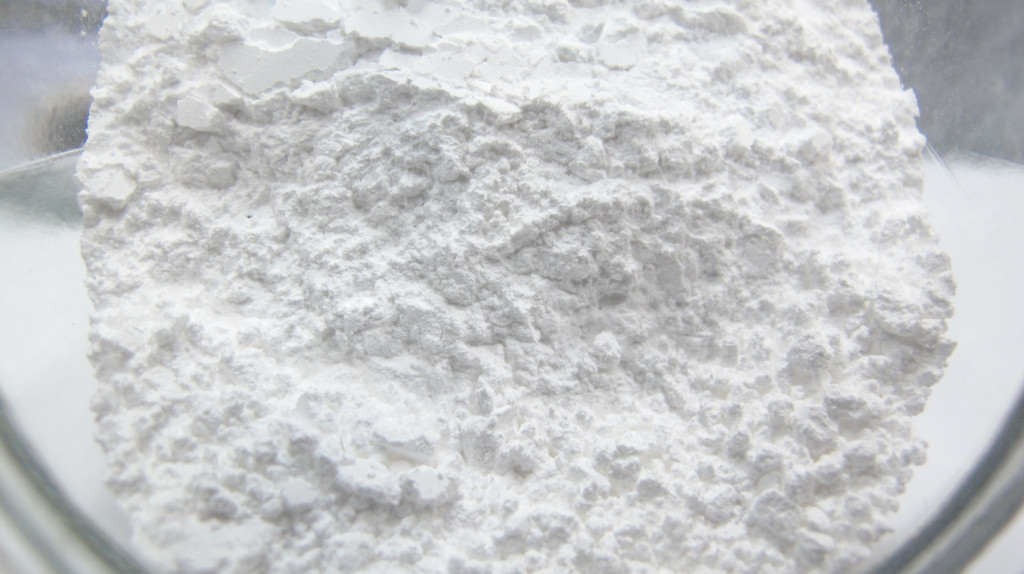Diamond is one type of superhard material, and cubic boron nitride is another type of superhard material. The two types of superhard materials can be manufactured into various types of tools and functional devices directly from them through a series of machining and treatment processes, which are collectively known as superhard materials products. Here we will focus on one of the diamond grinding tools.
Diamonds can be categorized as either natural or man-made. It is the hardest substance and has the greatest refractive power to light, which is why large natural diamonds have long been known as the “King of Gemstones”. Diamond also has the highest strength, thermal conductivity, speed of sound of any known material, a low coefficient of sliding friction, chemical stability, hydrophobicity, thermal stability, and graphitization phenomena and other excellent properties that allow diamonds to be made into a variety of tools for a variety of purposes. The main categories are: sawing tools, drilling tools, carbide cutting tools, dressing tools and drawing dies.
Diamond abrasive as raw material, respectively, metal powder, resin powder, ceramics or electroplated metal as a binding agent, produced by the center of the through hole of the circular solid grinding (work) tools called diamond grinding wheel. The structure of a diamond grinding wheel generally consists of three parts: the working layer, the substrate, and the transitional layer. The working layer, also known as the diamond layer, consists of abrasives, binders and fillers and is the working part of the grinding wheel. The transitional layer, also known as the non-diamond layer, consists of binders, metal powders and fillers, and is the part of the diamond layer that is firmly attached to the substrate. Substrate to receive the abrasive layer and to securely clamp the flange disk to the grinding machine spindle during use. General metal binder products use steel and alloy steel powder as the base; resin binder uses aluminum alloy and bakelite as the base. Machined from aluminum, steel or bakelite, it supports the working layer and holds the grinding tool. The quality of grinding wheel molding and the accuracy of use are very much related to the substrate.
Diamond grinding head is a stone, ceramic materials and other non-metallic materials grinding tool, especially involving a diamond alloy as a grinding tool, which includes a substrate and a number of grinding body, in which a number of grinding body gap fixed in the substrate, in the grinding surface of the grinding head grinding body is also set in the gap, which is preferably made of a certain degree of toughness of the substrate bonding material, the grinding body preferably by the diamond alloy material, the utility model has a high performance of the grinding, simple and low-cost manufacturing, high quality of the grinding process and can be applied to the characteristics of the large-scale grinding process.
Flexible diamond grinding product is a new type of coated grinding (work) tool made of artificial diamond, cubic boron nitride as raw material and new technology, which has the double advantages of traditional coated grinding (work) tool and super-hard grinding (work) tool. Flexible superabrasive products include: sanding belts, sanding sets, sanding discs, sanding sheets, sponge hand rubs and many more. Flexible diamond and cubic boron nitride products are widely used for grinding and polishing hard materials such as stone, glass, ceramics, synthetics, hard alloys, non-ferrous metals and iron-based alloys. Since superabrasives have high hardness and high single-grain compressive strength, they have the advantages of high grinding efficiency, low grinding temperature, good workpiece surface quality and stable grinding performance. Diamond grinding belts have proven to be very cost-effective for automotive and high-end glass applications, with better grinding power, better kiss, better chip removal and heat dissipation than traditional diamond grinding wheels.
Diamond sawing tools mainly refer to various kinds of diamond cutting saw blades, including circular saw blades, row saws, band saws, rope saws and so on. Mainly used for cutting non-metallic materials such as marble, granite and concrete.
Drilling tools mainly include synthetic diamond geological drill bits, oil (gas) well drill bits, and engineering thin-walled drill bits, which are used in geological exploration, oil (gas) exploration and exploitation, and. They are used for geological exploration, oil (gas) exploration and mining, and drilling holes for various types of buildings. In the industrial application of man-made diamonds, geological drill bits are one of the most important products. The types of drill bits can be broadly categorized into: core drilling drill, full section drilling drill, engineering drill, etc. Among them, the most widely used is the geological drill. Among them, the most widely used is the geological exploration core drill, which can be divided into pregnant and surface-mounted drill, and its manufacturing methods include hot-pressing, impregnation, cold-pressing sintering, and electroplating.

